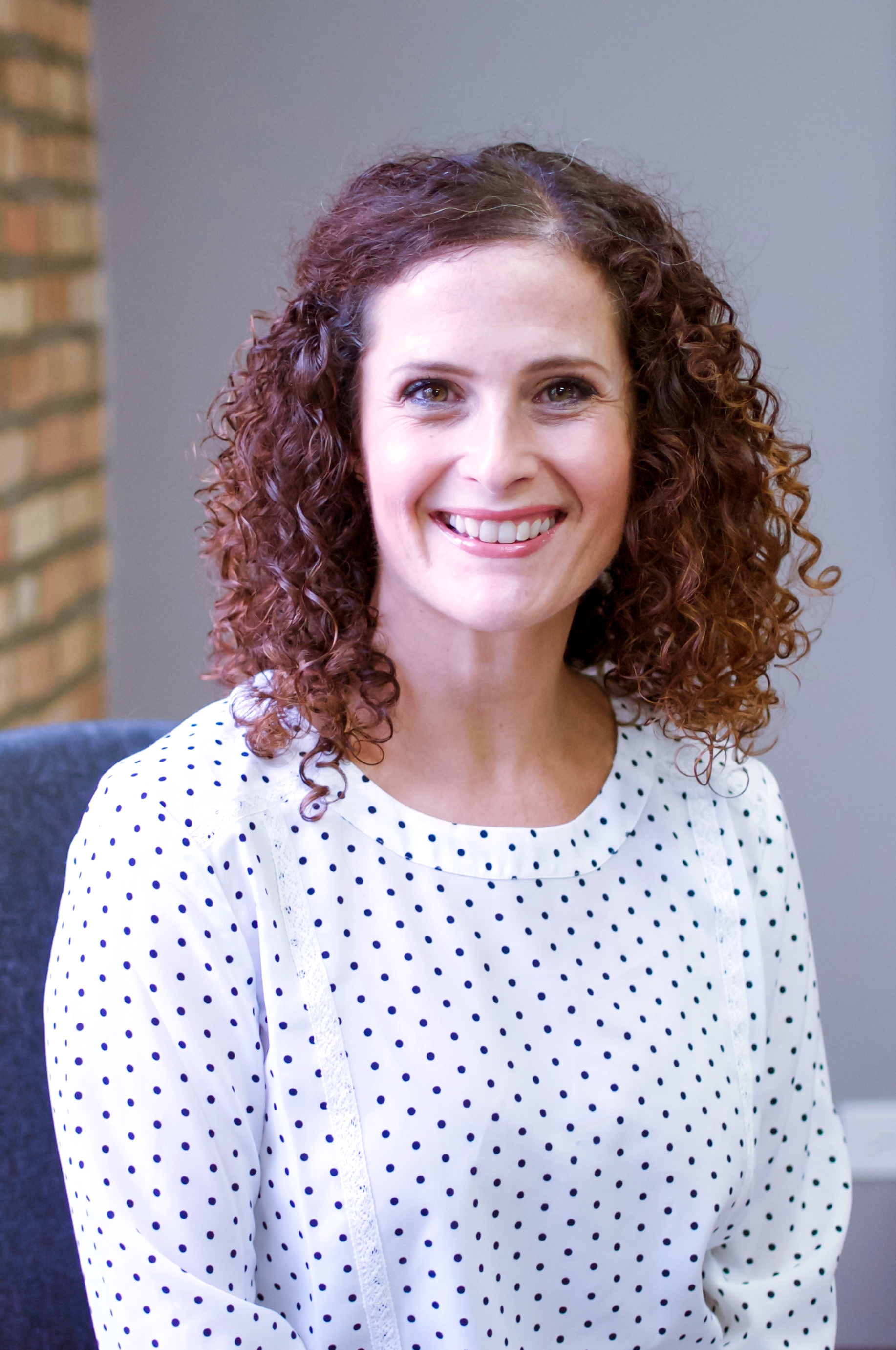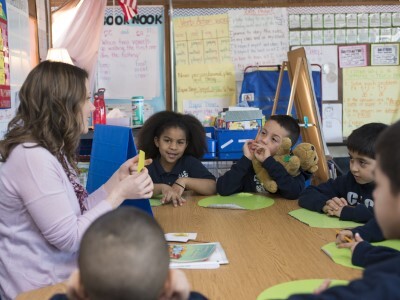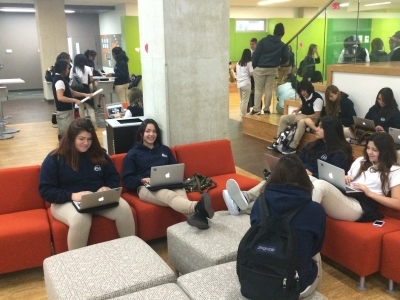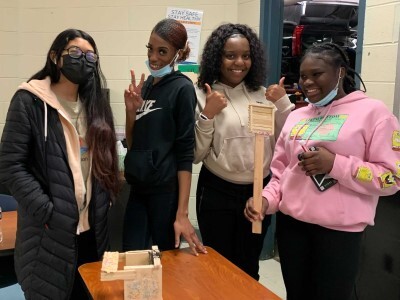For There Is Always Light: Innovation in Arts Education
Topics
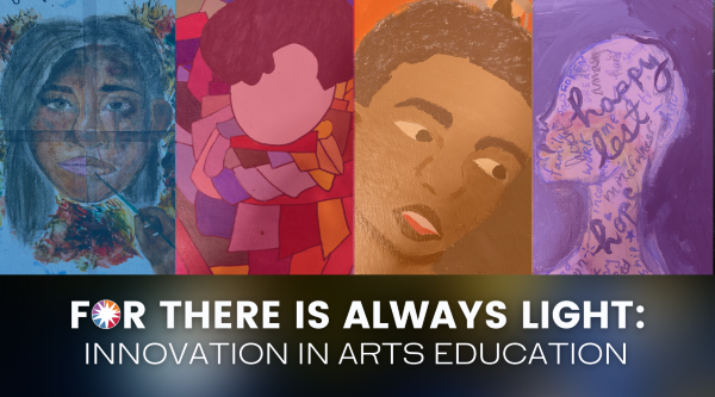
We’ve all had the experience of truly purposeful, authentic learning and know how valuable it is. Educators are taking the best of what we know about learning, student support, effective instruction, and interpersonal skill-building to completely reimagine schools so that students experience that kind of purposeful learning all day, every day.
What can we learn from the innovative approaches to teaching and learning used by teachers of art and music during the pandemic?
As we near the one-year mark of teaching during unprecedented times, we continue to grapple with the same issues and concerns we’ve had since March of 2020. Am I truly connecting with my students? Are my students learning? Do families have what they need? Is everyone ok? Am I ok? While the winter months have been plagued by increasing COVID cases and deaths, tensions about the return to school, the state of the country, and ongoing uncertainty and fatigue, we also see glimmers of hope. In National Youth Poet Laureate Amanda Gorman’s now famous words,
“When day comes, we step out of the shade aflame and unafraid. The new dawn blooms as we free it. For there is always light. If only we're brave enough to see it. If only we're brave enough to be it.”
Gorman's recitation of her poem at the inauguration is a reminder that the arts are interwoven in every fabric of our society. The arts add dimension to our past, capture the present, and expand our vision of the future. We have much to look forward to, as educators are now receiving the vaccination, a milestone that has been long overdue, teachers are developing new skills and strategies they will carry into any learning environment, and students are slowly beginning to turn their cameras on. Even on our darkest days, we can find moments of light and gratitude.
The work of arts teachers at Distinctive Schools is a highlight of our learning model. It has always been important, but the pandemic has shone a new light on just how essential their contributions are and what we can learn from their approach to teaching and learning.
As with districts across the country, we initially struggled to determine how we would continue to teach subjects like physical education, music, and art because they rely so heavily on human connection and physical materials. We worried that the arts would become secondary; fortunately, we have found the opposite to be true—our students are deeply engaged. Arts classes have encouraged our students to learn more about themselves, stretched the teachers’ capacity to redefine their practice and purpose, and created opportunities for deep connection. The growth that we have seen in this area stems directly from the passion and commitment of the arts teachers themselves. They continue to lead the charge.
“I’m asking them to look around their home space and find what brings them joy. Being remote has actually allowed students to sit in and with their own creativity.” –Venise Keys
Redefining Our Purpose
In speaking with some of our arts teachers, I discovered a common theme: across schools in our network, they are revisiting and redefining the purpose of arts in school. This process of rediscovery happened somewhat organically. Frank Cademartori, music teacher at CICS Irving Park (IP) and Distinctive Schools’ enrichment mentor quickly realized that he had to rethink his entire approach to teaching. “This is my eighth year at IP, so I was very familiar with the ‘what,’” says Frank. “But with my students learning from home, I had to adapt and ask students to use whatever materials they had at home, like cups and pens. This forced me to stretch my thinking and to think about what works and what doesn’t.”
Frank also began to focus more on using his music lessons to connect with the students. The physical distance, while a barrier, actually created a space for Frank to take more time to truly get to know his students. It became less about whether or not students could master a concrete skill and more about strengthening the student-teacher connection. “I have found that giving space to create, chat, and collaborate has become really important,” says Frank. “I have given myself permission to focus on engagement and connecting with students. Music lessons, even if they are remote, are a lot stronger when the students know that you see them and care.”
Amber Leitsch, a music teacher at Art In Motion (AIM), Distinctive School’s 7th-9th grade creative arts school, is living the schools’ vision to provide students with a learning experience that is “student-centered, arts-infused, and personalized for every learner.” Over the past year of teaching remotely, Amber has also rediscovered why she chose to become a teacher and what she ultimately hopes to achieve, both for herself and for her students. She acknowledges that the beginning was really hard and that she found herself in “panic mode” as she tried to figure out how she would recreate her music lessons in a remote environment, a task that seemed impossible at first. Amber realized that recreating these lessons in a new setting wasn’t the goal. “I had to evaluate what was most important,” she explained. “Is it theory? Is it standards? For me, it was making sure my students were doing what they needed to do for self-expression and to make sure their emotions were being put towards something productive.”
Space for Student Identity
The arts have also provided a consistent time and space for students of every age and ability to learn more about who they are and a platform to share their identity in new and creative ways. Introspection and reflection can be healing in times of uncertainty. Venise Keys, visual arts teacher at AIM, has shifted to asking her students to think more deeply about art and what it means to them. “Trying to make art personal in a room with 25 other students is different than having a private space in your own home to do so. Not only are students now thinking more about the artistic process rather than the product, they are also producing completely different artwork than I’ve typically seen. They are taking a project, connecting it to their personal environment, and making it their own.” As her students make these connections, Venise emphasizes that being an artist isn’t just product-based. “I’m helping them find their creative joy. I’m asking them to look around their home space and find what brings them joy. Being remote has actually allowed students to sit in and with their own creativity.”
Advice for Administrators
As schools return to in-person learning, conversations will continue to focus on unfinished learning, how to address assessments, and how educators and administrators can balance maintaining academic expectations and meeting the students’ social-emotional needs. If we aren’t careful, the importance of the arts in achieving these simultaneous goals can be lost.
Seeing the arts as something “extra” or as less of a need than literacy and math is an ongoing struggle in education. Budget reductions often lead to a cut in arts programming, standardized tests can result in over-emphasizing academics at the expense of things like music and art, and even peers sometimes appreciate the arts more because they can use the time as their prep and less for the rich learning it provides to their students.
For those who focus primarily on academics, taking the time to think about how the arts can contribute to academic achievement and success can bring tremendous engagement and opportunity to the classroom. It is not an either-or choice, it is a “Yes, and” partnership, as Kara May, the school director at AIM, often shares. Her role requires that she prioritizes both the academics and the arts equally. At AIM, having a deep understanding of how the two worlds interact to create an optimal learning experience for student artists is a key element in the model.
As an educator and artist, Kara understands the importance of this connection. “We want our students to deeply engage in the learning and to be the ones to hold the cognitive lift,” says Kara. “In order to do this, we have to move them from learning to application. The application piece is where the arts come in. This is where they develop those synapses and bridge the divide between academics and creative expression.”
The arts teachers with whom I spoke are acutely aware of this reality and caution against repeating these siloed, either-or approaches. “The arts are so important, even more essential than before,” says Frank. “With so much to think about to prepare for a return to school, it can be easy to overlook enrichment, but it’s so vital to the student experience and to ease the transition back to school. It provides an opportunity to be creative, to reflect, to explore your personal identity. We have a unique and important role moving forward.”
The words of Amanda Gorman continue to inspire us, “When day comes we ask ourselves, where can we find light in this never-ending shade?”—I know just where to look.
Image at top, courtesy of Distinctive Schools: Artwork by students from the Art In Motion campus of Distinctive Schools.

